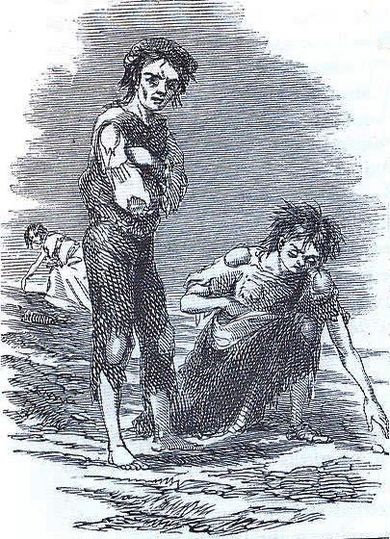James Mahony facts for kids

James Mahony or Mahoney (1810–1879) was a very important Irish artist and engraver in the 1800s. He was known for his beautiful paintings and detailed engravings. His art often showed scenes from everyday life in Ireland and other European cities.
Contents
Early Life and Artistic Beginnings
James Mahony was born in 1810. His father worked with wood in Cork, Ireland. We don't know much about James's very early years.
He later went to Rome to study painting and drawing. He traveled around Italy and France, learning and practicing his art. When he was 32, he came back to Cork. He quickly became famous for his watercolour paintings. These often showed city scenes from places like Rome, Venice, Paris, and Rouen.
Capturing Irish Life and History
Mahony created many engravings that showed scenes from Irish life. These included pictures of the Great Irish Famine and St Patrick's Day. St. Patrick's Day is a special national holiday in Ireland.
The Great Famine Sketches
His drawings of the Great Famine were very powerful. He drew them right there in places like Skibbereen and Clonakilty in West Cork. A famous newspaper called the Illustrated London News asked him to create these drawings. When people saw his sketches, they were deeply moved. This helped to convince the British government to do more to help stop the famine.
Later Career and Exhibitions
In 1853, James Mahony painted a big artwork. It showed Queen Victoria and Prince Albert visiting the art show at the Irish Industrial Exhibition in Dublin.
In 1856, he became an associate member of the Royal Hibernian Academy (ARHA). He showed his art there until he moved to London. From 1866 to 1877, he displayed his watercolours at the Royal Academy in London. He also worked as a freelance illustrator for the Illustrated London News. He drew pictures for other magazines, newspapers, and books too. This included a special edition of books by the famous writer Charles Dickens. James Mahony passed away in London in 1879.

